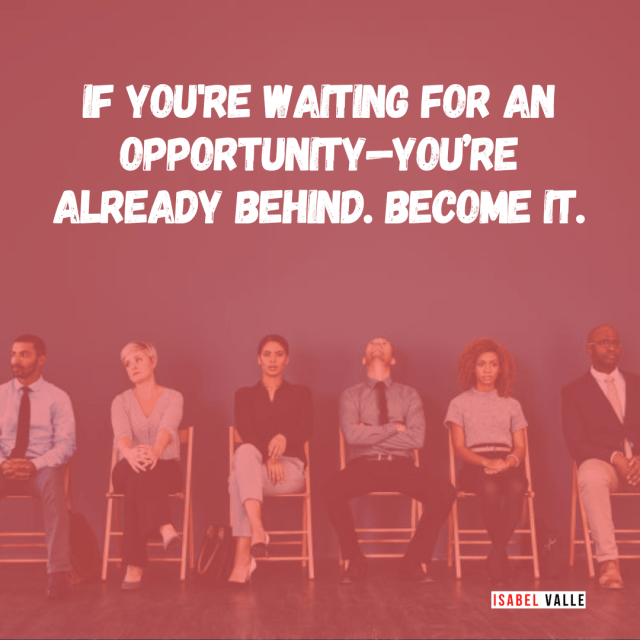
Let’s talk about a radically underestimated leadership skill: Presence.
Not presence as in showing up on time or having your name on the invite.
I mean true presence—showing up grounded, attuned, and self-aware.
Presence matters more than you think. In the high-speed world of leadership, we reward action.
We default to prepping slides, rehearsing scripts, reading the room for leverage.
But here’s the uncomfortable truth: People feel you before they hear you.
When you rush into the room, frazzled, distracted, slightly elsewhere…
It creates more noise than your best words ever could.
Neuroscience confirms it: Presence is a physiological state—one that can be activated.
Rituals like breath work, posture awareness, and mental centering ignite brain networks responsible for:
-
Emotional regulation
-
Empathy
-
Decision-making
-
Trust-building
That’s not fluff. That’s leadership circuitry.
So How Do You Train Presence?
You don’t need an hour of meditation.
You don’t need a silent retreat in Bali.
Here’s what I recommend to busy leaders I coach:
Your 3-Minute Presence Ritual (Anywhere)
Before your next high-stakes conversation or meeting:
-
Step away. Find a quiet space—even the bathroom works.
-
Plant your feet. Stand tall. Relax your shoulders.
-
Breathe intentionally. Three deep breaths. In through the nose, out through the mouth.
-
Name your intention. Ask: How do I want to make others feel in this interaction?
-
Pause. Let yourself arrive fully.
This is not about performing calm—it’s about embodying it.
By practicing presence:
-
You stop reacting, and start responding.
-
You listen with full attention, not filtered agendas.
-
You create a ripple effect—calm is contagious.
-
You reconnect with your intuition, your empathy, and your clarity.
In short, you become a leader people trust—because they can feel you’re truly there.
Let Presence Lead the Way
If you’re constantly racing from one thing to the next, presence might feel like a luxury.
But I promise you: It’s a leadership multiplier.
Because when you train presence, you don’t just manage others better— You lead yourself better.
And that’s where every powerful transformation begins.
Ready to Lead from Stillness?
I help leaders integrate high-impact rituals that activate deep awareness, presence, and power—without needing hours of spare time.
👉🏼 Reach out to book a Discovery Call
👉🏼 Or explore Lead365, my guide to daily micro-practices that rewire your leadership from the inside out
Presence is not a bonus skill. It’s your edge.
Let’s make it your superpower.


 Available now on Amazon
Available now on Amazon 
















